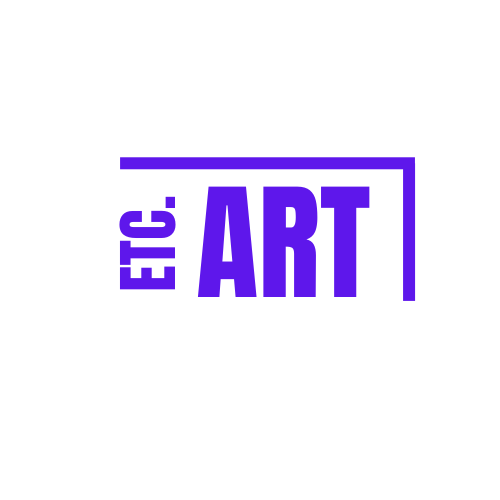The History of Ink - A Short Article
- Jordan Brinkworth

- Jun 10, 2024
- 3 min read
Thousands of years ago in Ancient Egypt and China, a few adventurous people decided to collect the soot that remained at the base of their extinguished fires. Of course, as some of our readers may know, this form of assemblage was not a new thing. As we have explored in previous issues, such as through the works of Polly Bennett within Edition 7 ‘The Artivists’, people had been gathering various pigments for their face and cave paintings since the Stone Age. But this stuff was different. The pigment collected to use for neolithic cave paintings, such as ochre, was either sourced from the soil or from wood burnt fires. The Chinese and Egyptians on the other hand, illuminated their homes not by setting wood aflame, but by burning the oil within purpose-built oil lamps made from clay. It was a process that produced not only a safer and longer lasting light source, but a kind of soot known as ‘lampblack’ - a material that, once utilised, changed the world forever.
Mixing this lampblack soot with water and a variety of other minerals, such as gum Arabic, within their pestle and mortars, the people from these cultures were able to do something remarkable – they were able to produce ink. (More on the early origins of ink and its development through time can be found in Dr. Terry Davies’ article within this issue). It is a complex mixture that has allowed thousands of philosophers, mathematicians, administrators, writers, and artists; typically with the nib of a feather and a piece of parchment or papyrus; to speculate, calculate, write and, most importantly for us here; draw, throughout the ages. paintings since the Stone Age. But this stuff was different. The pigment collected to use for neolithic cave paintings, such as ochre, was either sourced from the soil or from wood burnt fires.
For these creatives and thinkers to utilise their hands and minds however, they required sustenance and spare time, both of which hunter gatherer societies struggled to attain. With the dawn of farming however, humans were able to produce enough food so that not everyone had to work the land or go hunting and foraging. Suddenly a host of urban centres began to spring up and with it the need to get organised. Hence it is little surprise that the first ink works found were trade and exchange records.
Record keeping had already been well established by the time ink came along, but our ancestors were quick to utilise it when it did. Indeed, writing in ink was far easier than the more arduous Cuneiform method, founded in the Middle East, which required scribes to meticulously carve signs and symbols into clay tablets. A few people in Ancient China however, decided to go beyond just boring record keeping (apologies to any admin staff reading this but I have had too many bad experiences with excel spreadsheets!). Before long Chinese artists began to use ink to create works of art, the most notable of which emerged during the Song Dynasty (960 – 1279 CE), depicting landscapes and houses. In doing so, they also helped to provide later historians with a unique glimpse into Ancient Chinese life and culture (the Chester Beatty library in Dublin for instance, hosts a few of these great works).
As the centuries progressed so too did the ink that was used. In the fifteenth century the prolific craftsman, Johannes Gutenberg, introduced a more refined ink mixture using varnish and egg whites, which resulted in the substance being that much more durable and darker in colour. Most importantly, this new kind of ink could be printed on paper, using the newly invented printing press, without creating blotches and blurs. Though, whilst ink’s ingredients began to change, the manual method by which to scribe and scribble the mixture upon paper and parchment stayed the same. And over the course of the next four centuries, artists, from Leonardo Da Vinci to Pablo Picasso, continued to use the quill and the ink pot to create mesmerising artworks, maps and anatomical pieces – but all of this was soon to change.
The shift in the way in which ink has been used to create art over the course of the past century has been revolutionary to say the least. Ink works now come in many artistic forms; from pointillist pieces that have been drawn with a ballpoint pen, to contemporary tattoos drawn using mechanical stencils and digital artworks that use no real ink at all.
This segment originated as part of Dr. Rhona Morrison's Interview from Edition 20: INK.




Comments